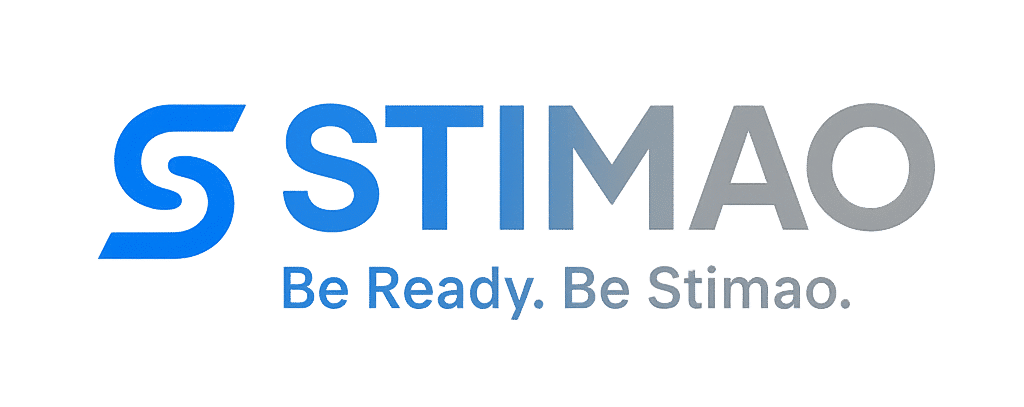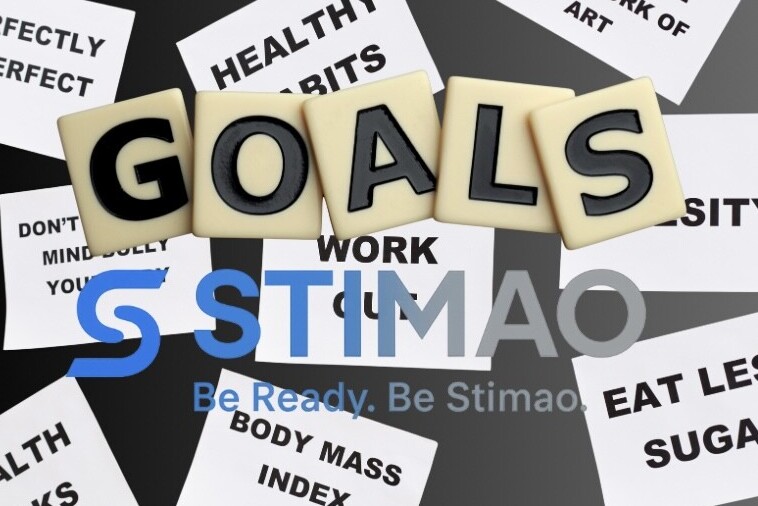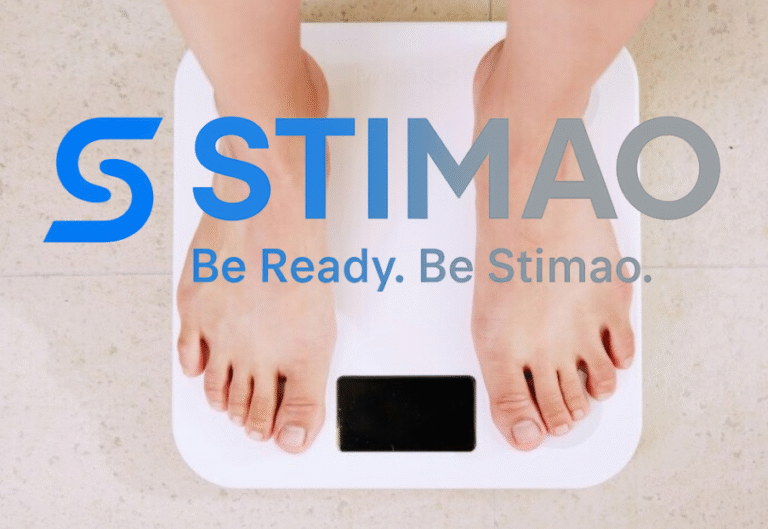
Stress isn’t just that annoying feeling you get when your to-do list is out of control or when life’s little hiccups seem relentless. It’s a real physical reaction that your body undergoes when it perceives a threat or a challenge. Stress can create havoc on both your mind and body, leading to symptoms like headaches, sleep issues, and even anxiety.
Now, meditation—it’s like a mental spa day. It’s an ancient practice grounded in mindfulness or focusing on the present moment. This isn’t just about sitting cross-legged chanting ‘om’; it’s about finding a technique that helps you center your thoughts and emotions. From guided visualizations to breath-focused exercises, there’s a flavor for everyone.
The big question: how does meditation manage stress? Well, it calms the nervous system, lowering the production of stress hormones like cortisol. This magic happens when you give your mind that mini-vacation it needs to reset. It’s like hitting the refresh button for your brain, which helps reduce the stress sensations.
Meditation has evolved over the years, blending traditional and contemporary practices. Whether it’s trying out a more classic approach like Transcendental Meditation or opting for modern mindfulness apps, meditation is about what feels right for you. The goal is to tune out the noise and tune into a calmer, more collected version of yourself.
Exploring Effective Strategies: The R’s and A’s
Stress management isn’t one-size-fits-all, but it helps to have a few tools up your sleeve. Those tools, in this case, are the 5 R’s and 4 A’s of stress management. These are simple principles you can incorporate into your meditation routine to create a supercharged stress-busting plan.
The 5 R’s—Recognize, Reframe, Release, Relax, and Reset—are all about identifying what’s bugging you and resetting your perspective. Recognize the stressors in your life, reframe them into something you can handle, release the tension, relax your mind through meditation, and hit reset. It’s like a mini protocol for tackling the pressures of life head-on.
But then, there are the 4 A’s—Avoid, Alter, Accept, and Adapt. Avoid unnecessary stress, alter your approach by seeking solutions, accept things you can’t change, and adapt to find ways of dealing with the unavoidable. This complements meditation beautifully, allowing you to visualize these actions and reinforce them in your daily life.
How long does it take for meditation to start reducing stress? Well, patience is key. It might take a couple of weeks to notice significant changes. Just like training any other muscle, your brain takes time to strengthen new habits. So you’ve got to be persistent, stick with your practice, and measure your progress as you go.
Pairing meditation with the R’s and A’s can create a stress management routine that’s perfectly tailored to you. Whether you’re meditating in the morning, taking a mental break at lunch, or winding down before bed, these practices provide a framework to handle stress more effectively. Tailor them to fit your life, because managing stress is all about creating that calm within the storm.





